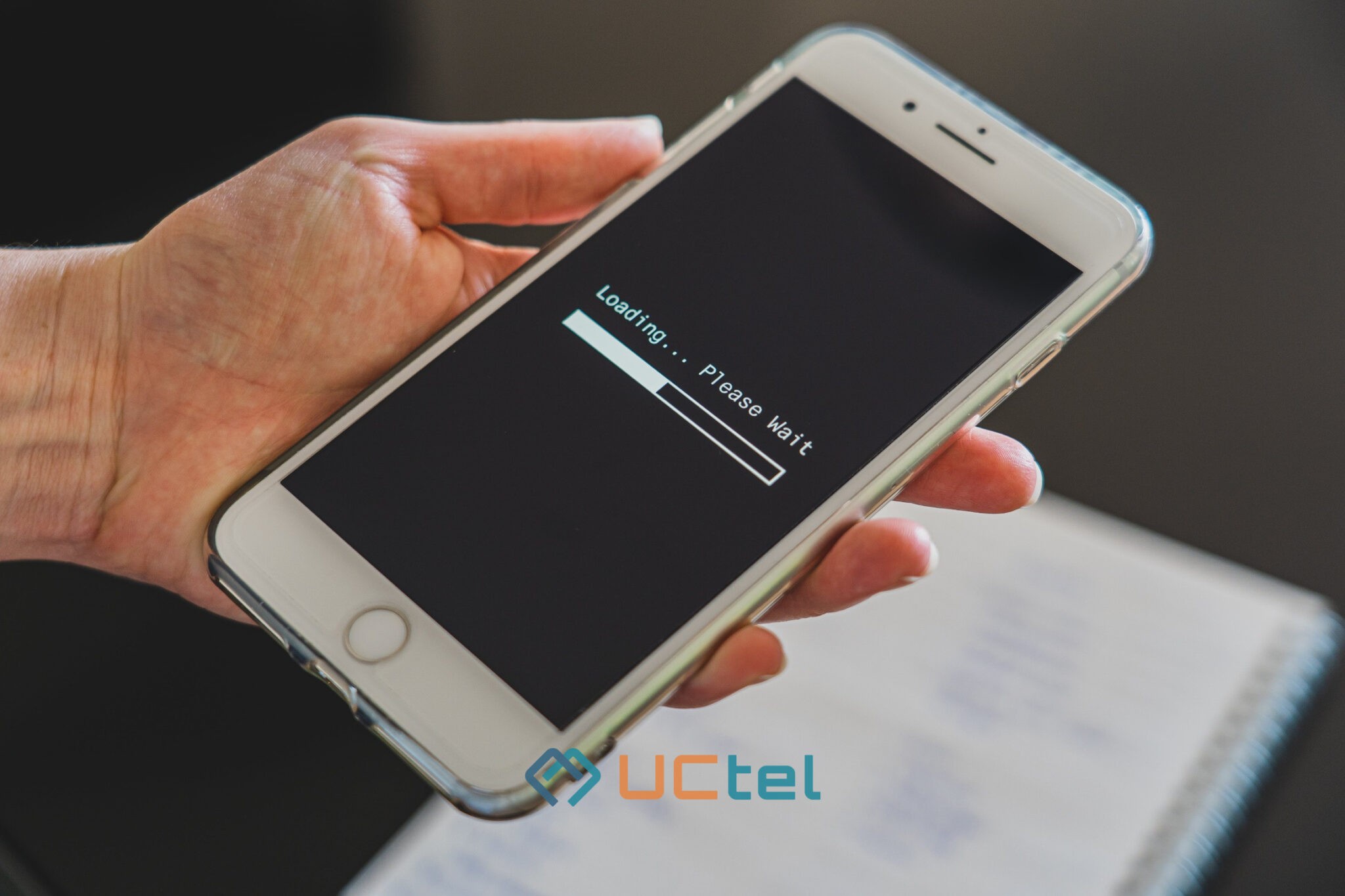
Why Stable Mobile Connectivity is Essential for Healthcare
Table of contents
Today, the importance of mobile connectivity for healthcare cannot be overestimated. A modern medical facility should be equipped with the latest technology, and the availability of stable communication is a key factor in the comfort of patients. If a hospital is located far from the city or in a densely populated area, communication problems can be commonplace. However, that doesn't mean they can't be fixed. If you understand the level of service and management that patients expect, then you understand the necessity of a mobile signal for healthcare. In this article, we'll look at the role of mobile communication in hospitals and how you can improve your signal.
Necessity of Stable Mobile Connectivity for the Healthcare Industry
Organisation and management
Paperless workflows and the speed of response are key factors in why mobile connectivity is important in healthcare. However, in order for all of this to work to your benefit, rather than complicating and delaying the process, you need to ensure stable communication and high-speed network access. By ensuring a stable connection, you will be able to build continuous processes in the clinic and promptly respond to any challenges.
Comfortable patient experience
One of the key factors confirming the necessity of a good mobile signal for healthcare is the comfort of patients staying in daycare. With gadgets at their fingertips 24/7, patients want the functionality they are used to anywhere. Give patients the opportunity to stay in touch with their loved ones and spend hours at a screen during procedures. This will greatly increase the chances of them coming back to the clinic again.
Digitalisation of the healthcare facility
Access to data and stable communication can significantly improve the quality of care in a building and prevent unforeseen situations. For example, as many elderly people face impaired memory and thinking, devices can be used to track their movement. It is for them that various clothes with GPS, sensors, and walkie-talkies are being developed.
Additionally, patients can forget about taking medication, and you can use smart-boxes that send a reminder to take the medicine. If a person has not taken it on time, the box starts flashing and beeping. The patient is also expected to enter the reason for not taking the medicine, which is sent straight to the attending physician if there is a good signal available.
Telemedicine
Remote examination have been actively gaining popularity in the last few years. Medicine is becoming available in remote regions where getting qualified help is impossible. Now, it is enough for patients to send analyses electronically and receive a consultation. It is also a great opportunity for education: training sessions and online monitoring of the operation. But, for all this to work, doctors and specialists should have access to a reliable and stable connection to provide timely and consistent help.
A Simple Solution to Boost Mobile Connectivity for Healthcare
From a patient care perspective, the role of stable connection in healthcare is crucial, and the impact it can make on an individual’s life is extraordinary. Take those long hours in a hospital or renal dialysis ward. These experiences are not only daunting and isolating from the get-go, but when your only option is a long-term stay with no visitation allowed, the ability to stay connected to the outside world could alter the entire experience.
Implementing a strategy to boost mobile connectivity in healthcare facilities can:
- Develop more accurate and efficient check-in systems, billing, and documentation processes
- Increase the transmission speed of large data files, such as MRIs
- Aid telemedicine initiatives
- Eliminate dead zones
- Create faster access to patient data and test results, streamlining diagnosis
Inadequate in-building mobile coverage seems outdated in 2023, especially when the negative results can be detrimental to both mental and physical health. At UCtel, we have straightforward, secure, and Ofcom-approved solutions to deliver robust mobile in-building connectivity and have already provided successful coverage solutions for a number of NHS sites.
Sounds Interesting — How Does It Work?
UCtel provides in-building mobile solutions that are carrier-independent, cost-effective to deploy, and legal to use, which, to put simply enough, just work.
As for the science behind CEL-FI, the products work by receiving the original mobile provider signal via an external donor antenna. The signal is then amplified and propagated through the building through internal antennas. Being independent of the mobile carrier’s antenna allows for quicker and simpler installation, with the option to boost however many networks your establishment requires.
It’s amazing what our simple yet clever technology can do. By boosting data speeds and bringing improved call quality to your healthcare facility, you can provide better care and experiences while granting your doctors access to the information they need to give the right treatment to your patients.
What Do We Need?
The only thing we require is a floor plan for your establishment. If you have a need for stable connectivity in healthcare, simply share with us what part of the building or whole building you would like to benefit from reliable mobile coverage, and we can provide a no-obligation indication of cost.
Just give us a call on 0333 344 4417 or email us on sales@uctel.co.uk to find out more.






